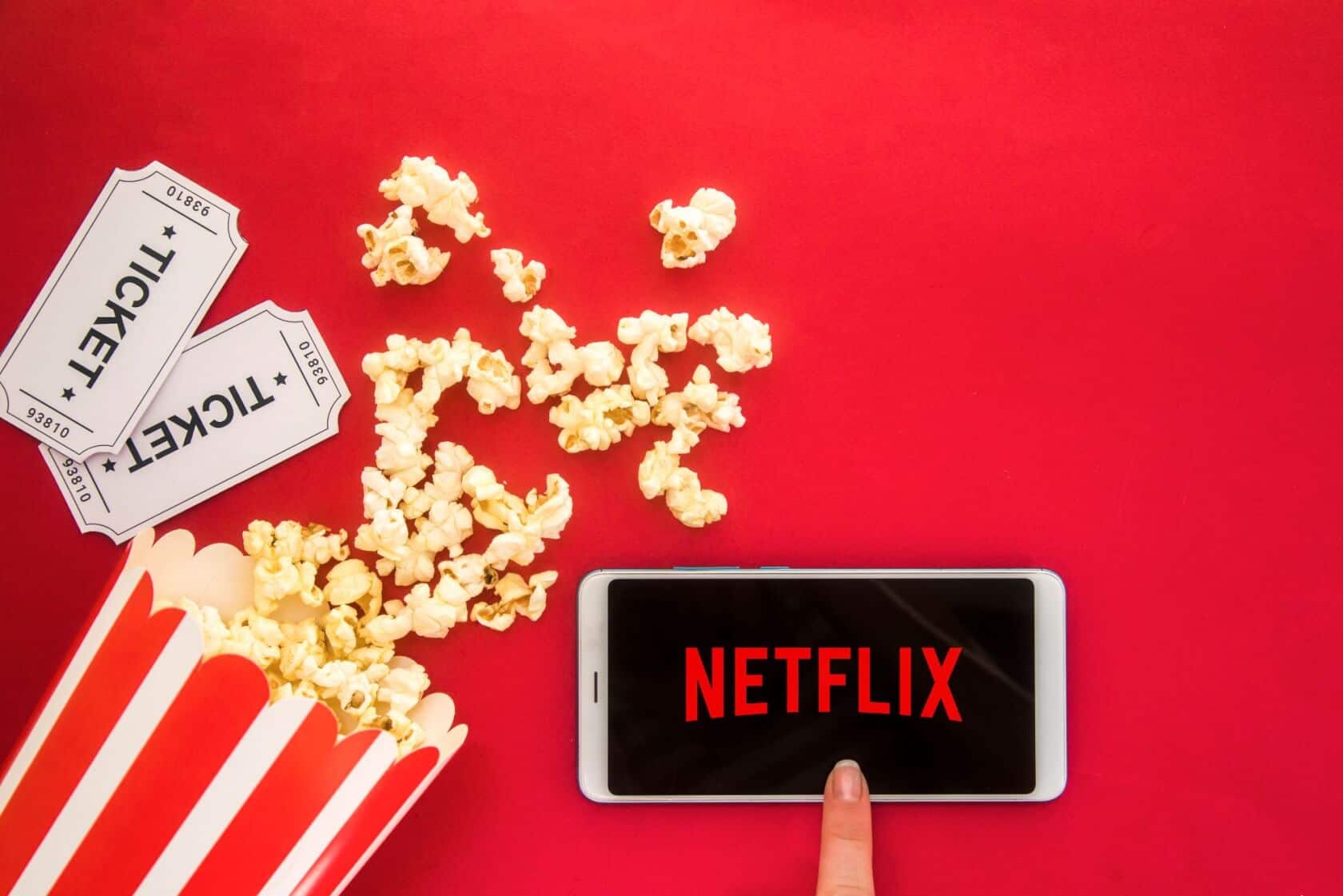This year, Netflix marked ten years since entering the Canadian entertainment market on what has been a remarkable journey. The streaming platform had already changed the TV industry in the United States, so everybody expected Netflix to carry the same momentum up north.
The Story About Netflix in Canada
However, they had to improvise their strategy to gain a subscriber base in Canada. Why? Because they already had quite a following in the states because of their DVD-by-mail program.
This program wasn’t available in Canada, meaning Netflix had to figure something out, and they did.
Netflix launched in Canada at $7.99, a fantastic entry price point.
The platform also carried licensed films and TV titles, including big hits at the time like Slum Dog Millionaire, Trailer Park Boys, Superbad, etc.
It didn’t take long for Canadians to warm to the content streaming platform with a vast library of hit movies and TV shows in their catalogue.
Two years after launch, Netflix’s success in Canada was confirmed, with the subscriber base standing at 1.2 million.
These numbers were amazing, considering their entire international subscriber base at the time was only 1.8 million users.
In that same year, 2012, the direct-to-consumer platform announced they were profitable, which meant their strategy of changing the TV industry in Canada as well in motion. So, let’s take a look at the changes that followed.
Launching Original Content Strategy
After realizing their business model was working, Netflix pounced on the opportunity to launch its original content strategy.
By launching original shows and movies on Netflix Canada, the streaming platform had a genuine opportunity to entice new video content for subscribers.
Netflix launched original shows like Hemlock Grove, which was shot in Toronto, Orange is the New Black, and House of cards.
The original content strategy grew Netflix’s numbers exponentially because the local stories were entertaining to the Canadian market and subscribers across the globe.
New Domestic Players Joined Canadian Streaming Market
After realizing the huge strides Netflix was making in the Canadian market, domestic players saw an opportunity to launch their streaming platforms.
The first ones to test the waters were Shaw Communications and Rogers Communications with their joint venture, Shomi.
The two communication companies launched the streaming platform in 2014, two years after Netflix Canada, but it went bust two years later.
Bell Media stepped in with Crave and had about 2.9 million subscribers while writing this piece.
Other Big Streaming Sites Entered Canada Entertainment Industry
In 2020, major media players giving Netflix a run for their money in the US entered the Canadian market.
Disney and Apple entered the Canadian streaming market with about 17 percent and 8 percent, respectively.
But it’s Amazon Prime Video that’s making significant progress in amassing a healthy subscriber base.
Amazon Prime Video is the second most-watched video streaming site in Canada, with about 6.1 million viewers. They also expect to grow by 21 percent year on year.
Recent entrants into the Canadian streaming scene include DAZN, BritBox (for exclusive British Programming), Roger’s Sportsnet NOW, and CBS.
So, Netflix has changed the TV industry in Canada by proving that Over-the-top services (OTT) work.
Better Locally Produced Content
In 2014, Netflix came up with a new strategy to hook even more Canadian subscribers to get an edge over the competitors.
The online video content provider partnered with Rogers Media in 2014 to produce the show Between.
The agreement for the two companies was easy, with Netflix taking the international rights while Rogers settled for Canadian rights.
The deal was beneficial for Netflix, and they collaborated with other Canadian companies to produce great content for Canadians and worldwide subscribers.
Netflix worked with Bell Media to create Frontier, starring Jason Momoa.
They also collaborated with CBC to produce Alias Grace and Anne with an E (which was cancelled, sparking a social media storm that is still on).
CBC comedy Schitt’s Creek, which was only a domestic comedy, became a cultural phenomenon after its launch on Netflix.
The streaming platform also entered the kids’ originals space with the Canadian show, True and the Rainbow King, which has received great reviews.
Other releases where Netflix has worked with local Canadian companies include Hilda (Ottawa’s Mercury Filmworks), Carmen Sandiego (WildBrain), The Last Kids on Earth (Atomic Cartoons). Willoughbys from Bron Studios received over 37 million views, and Over the Moon was a big hit and was animated in Sony ImageWorks (Vancouver).
Also, in November 2018, Netflix shot its first feature film, The Decline, in Quebec.
In total, Netflix has worked with over 20 Canadian media organizations, supporting over 600 Canadian creatives in the process.
This strategy is expected to continue, which means Canadians will keep consuming great locally produced content, and it’s all because of Netflix.
Will Netflix Be the End of Cable TV?
Netflix, along with other streaming platforms, has seen a lot of users cut the cable. Many cable companies in Canada don’t have the type of content on Netflix or other platforms.
Also, they charge top dollar for their services. For example, a cable subscription in Canada costs around $80 without all the premium channels. Compared with Netflix Premium, which costs $18.99 a month.
However, Canadians still hold on to cable TV because of access to local news and sports channels. But anything is possible with Netflix, and only time will tell.
Photos: Shutterstock
Support us!
All your donations will be used to pay the magazine’s journalists and to support the ongoing costs of maintaining the site.
Share this post
Interested in co-operating with us?
We are open to co-operation from writers and businesses alike. You can reach us on our email at [email protected]/[email protected] and we will get back to you as quick as we can.










